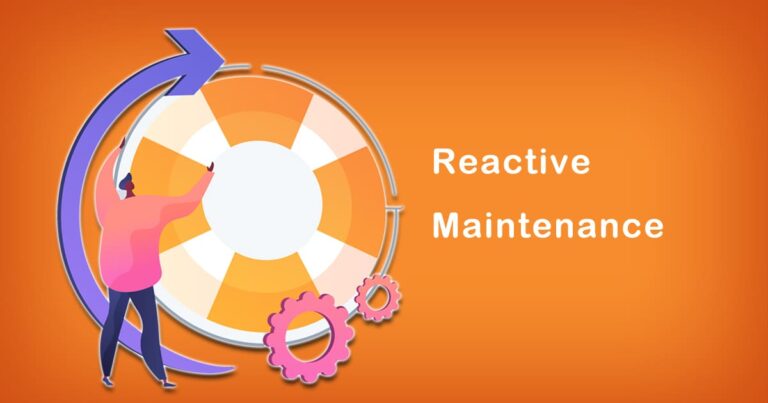Introduction
Maintenance communication is an essential aspect of any industrial or manufacturing setting. It involves ensuring that all parties involved in the maintenance process are kept informed about the progress of work, any issues that arise, and the status of equipment or machinery. Effective communication is crucial in preventing accidents, reducing downtime, and improving overall productivity. In today’s digital era, technology has become a vital tool to improve maintenance communication. In this blog, we will explore how technology can improve maintenance communication in an Indian context.
One of the significant challenges of maintenance communication is the lack of timely information. Traditional communication methods such as paper-based reports, phone calls, or emails can be time-consuming, and information can get lost or delayed. However, technology has provided us with several options to overcome these challenges. Here are some ways technology can improve maintenance communication:
- Maintenance Management Software (MMS): MMS is a computerized maintenance management system that helps manage maintenance activities such as work orders, preventive maintenance, and inventory control. MMS enables maintenance teams to create and manage work orders, schedule preventive maintenance, and track the progress of work in real-time. It also provides a platform for communication between maintenance teams, supervisors, and other stakeholders. MMS can help reduce downtime and increase equipment reliability by ensuring timely and efficient communication.
- Mobile Apps: Mobile apps are becoming increasingly popular in the maintenance industry. They allow maintenance teams to access information and communicate in real-time from their mobile devices. Mobile apps can provide instant notifications about work orders, asset status, and inventory levels. They also enable maintenance teams to take pictures, record videos, and send messages to other team members. Mobile apps can improve communication by providing quick access to information and reducing response times.
- Internet of Things (IoT): IoT is a network of interconnected devices that can communicate with each other. IoT technology can be used in maintenance to monitor equipment and provide real-time data on equipment status, performance, and potential issues. IoT can also help identify patterns and trends in equipment performance, allowing maintenance teams to make informed decisions. IoT can improve communication by providing accurate and timely data to maintenance teams, enabling them to take proactive measures to prevent downtime and equipment failure.
Research and Facts
Research has shown that technology can improve maintenance communication and overall productivity in industrial and manufacturing settings. According to a survey by Deloitte, 64% of manufacturers believe that technology has improved their maintenance processes. Another study by Aberdeen Group found that companies using MMS reported a 20% reduction in maintenance costs and a 25% increase in equipment uptime.
In Indian Context
In an Indian context, technology adoption in the maintenance industry is still in its early stages. However, there has been a significant increase in the adoption of digital technologies in recent years. According to a report by NASSCOM, the Indian IoT market is expected to grow to $15 billion by 2020. This growth is driven by factors such as increasing connectivity, the proliferation of mobile devices, and the availability of low-cost sensors.
Conclusion
In conclusion, technology has the potential to improve maintenance communication in the Indian context. The adoption of MMS, mobile apps, and IoT can provide real-time information, reduce response times, and enable proactive maintenance. Companies that embrace technology in their maintenance processes can improve productivity, reduce downtime, and enhance overall equipment reliability. It is time for the Indian maintenance industry to leverage technology to improve communication and stay ahead of the competition.








